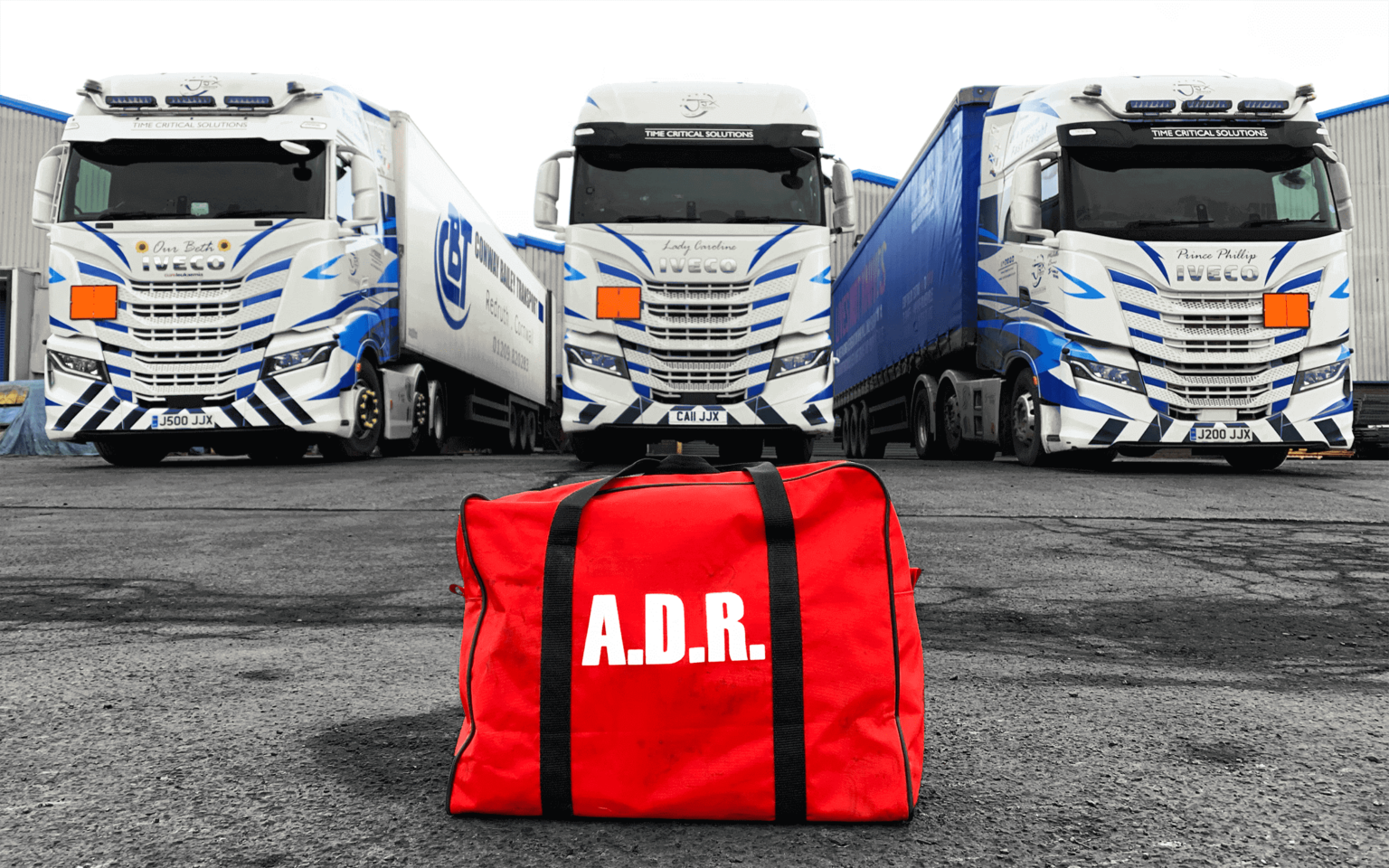
In order to transport dangerous goods safely, certain principles must be adopted to prevent the vehicle and its occupants from being put at risk. Dangerous items can be carried safely when appropriate measures have been taken and they are deemed safe. No matter how cargo is being transported, it must comply with The United Nations (UN) nine hazard classes for dangerous goods.
This is an area of the industry we thrive at and can proudly say we have become one of very few hauliers in the whole country who can transport all nine ADR classes and even fewer who can do so temperature controlled.
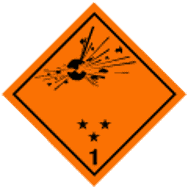
Explosive materials (Class 1)
Class 1 items are not usually shipped by air and are divided into six subdivisions. They cover substances that have an explosion hazard, explosions that may project fragments and firebrands, and fire hazards.
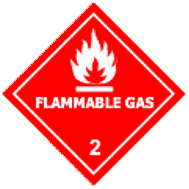
Gases (Class 2)
This class is divided into three subdivisions that include flammable gases, toxic gases and gases that are neither flammable or toxic such as helium and oxygen.
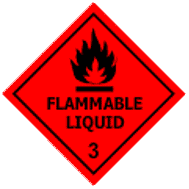
Flammable Liquids (Class 3)
Class 3 comprises liquids or mixtures of liquids that will give off flammable vapours at specific temperatures and have a flash point of not more than 60.5 degrees Celsius / 140.9 degrees Fahrenheit.
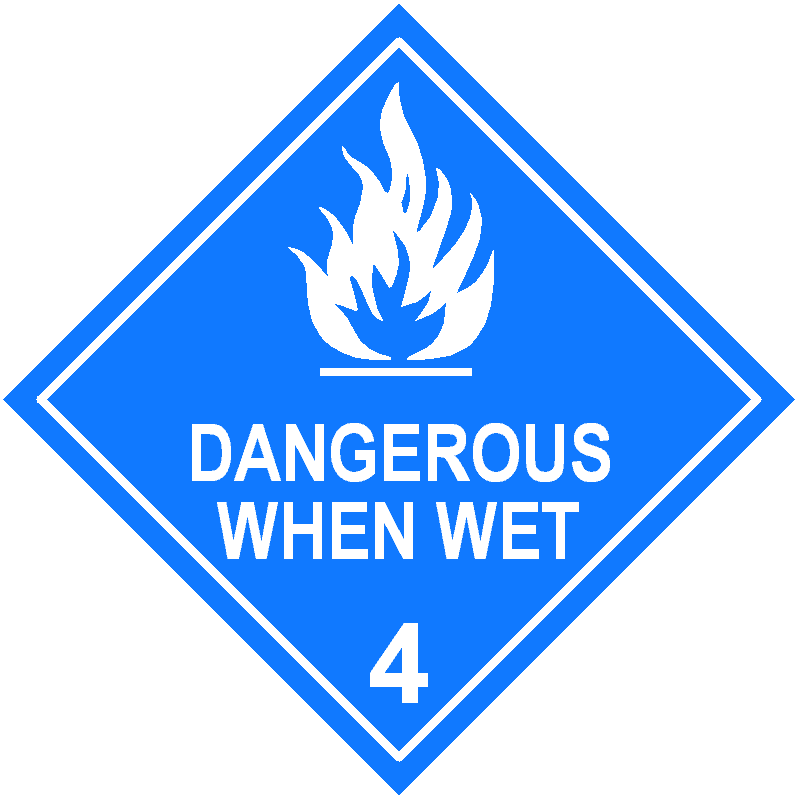
Flammable Solids (Class 4)
Flammable solids are divided into three subdivisions that include highly flammable solids, solids that are likely to spontaneously and substances that, if they come into contact with water, emit flammable gases.
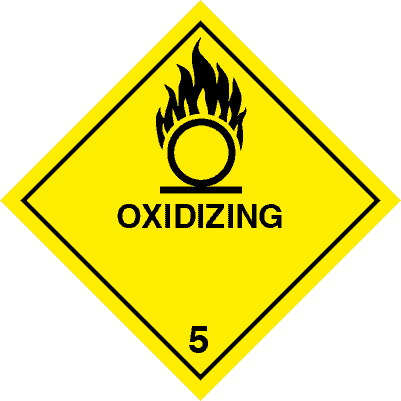
Oxidising Substances and Organic Pesticides (Class 5)
This class is divided into two subdivisions and covers agents that react with oxygen and organic pesticides.
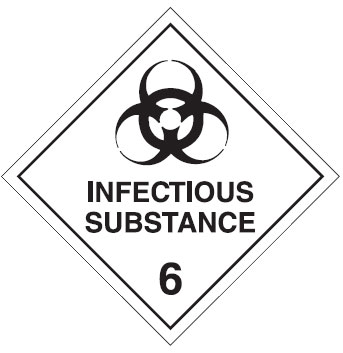
Toxic and Infectioous Substances (Class 6)
Class 6 is divided into two subdivisions and includes substances such as cyanide, arsenic, vaccines and pathology specimens.

Radioactive Materials (Class 7)
Class 7 covers materials that have a specific activity greater than 70 kilobecquerels per kilogram.

Corrosive Materials (Class 8)
Class 8 does not have any subdivisions and comprises corrosive liquids and solids that will cause severe damage when in contact with living tissue; or, in the case of leakage, will materially damage or even destroy other goods or the aircraft itself. Corrosive items include battery acids, sulfuric acid and mercury.
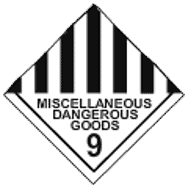
Miscellaneous (Class 9)
Class 9 is for miscellaneous dangerous items. The class does not have any subdivisions but comprises any substance that may pose a danger during air transport that isn’t covered by the other classes. This includes items with anaesthetic properties, solid dry ice, asbestos, life rafts and chain saws.
To find out about our ADR services click here or call us on 01384 221 642.
We're ready when you need us

